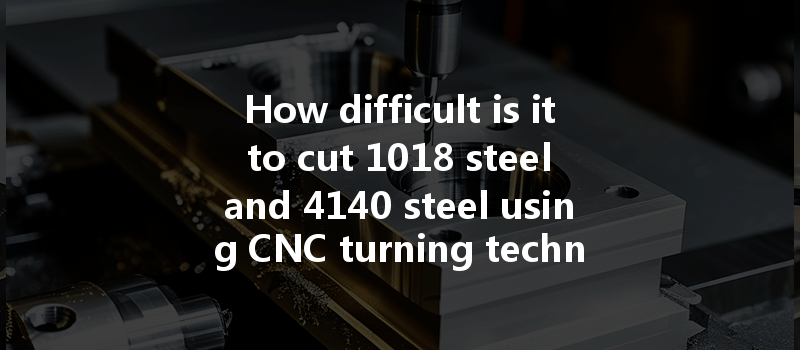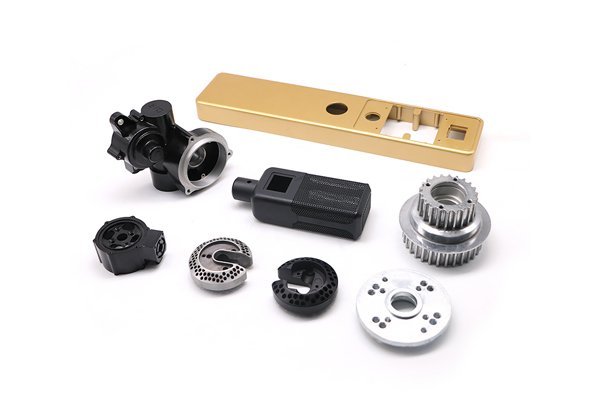Did you know that nearly 70% of the world’s manufactured products contain metals that have undergone some form of machining? Among these metals, low-carbon steels and alloy steels are some of the most commonly used materials in various industries, thanks to their excellent mechanical properties and versatility. But, have you ever wondered how challenging it really is to work with specific grades of steel, like 1018 steel and 4140 steel, using CNC turning techniques?
As industries seek efficiency and precision in manufacturing, understanding the intricacies involved in CNC machining—especially with different materials—becomes paramount. This blog will dive deep into the characteristics of 1018 and 4140 steel, analyze the challenges posed by these materials during CNC turning, and offer detailed solutions for successfully machining these steels.
Understanding 1018 Steel and 4140 Steel
Before we leap into the specifics of CNC turning, it’s essential to understand what distinguishes 1018 steel and 4140 steel from each other.
1.1 1018 Steel
1018 steel is a low-carbon steel that contains approximately 0.18% carbon content. It is known for its balance of strength and ductility, making it an excellent choice for various applications. The key characteristics include:
1.2 4140 Steel
4140 steel is a medium-carbon steel alloy containing chromium and molybdenum. Its carbon content typically ranges from 0.38% to 0.43%, and its properties are more complex than those of
The Challenges of CNC Turning 1018 and 4140 Steel
Both 1018 and 4140 present unique challenges when it comes to CNC turning, primarily due to their material properties.
2.1 Challenges with 1018 Steel
2.2 Challenges with 4140 Steel
Solutions for CNC Turning 1018 and 4140 Steel

To tackle the challenges associated with CNC turning of 1018 and 4140 steels, we must implement strategic solutions that address the properties of each material.
3.1 Strategies for Machining 1018 Steel
3.2 Strategies for Machining 4140 Steel
Machining 1018 and 4140 steel through CNC turning presents challenges that, if tackled properly, can lead to successful outcomes in manufacturing. Understanding the distinct properties of these materials—along with careful planning regarding tooling, cutting conditions, and process management—can mitigate risks and enhance overall performance.
Ultimately, in a world where efficiency and precision are paramount, knowing how to successfully machine various materials can make all the difference. As such, the characteristics and hurdles of CNC turning these steels should not only be a worthy consideration for machinists but also for anyone involved in precision engineering.
As you reflect on the techniques shared in this blog, remember that the right approach to CNC machining can lead to significant improvements in product reliability, cost management, and overall manufacturing success. Prepare yourself for the machine shop; the result of your careful planning could be the next breakthrough in manufacturing innovation!






